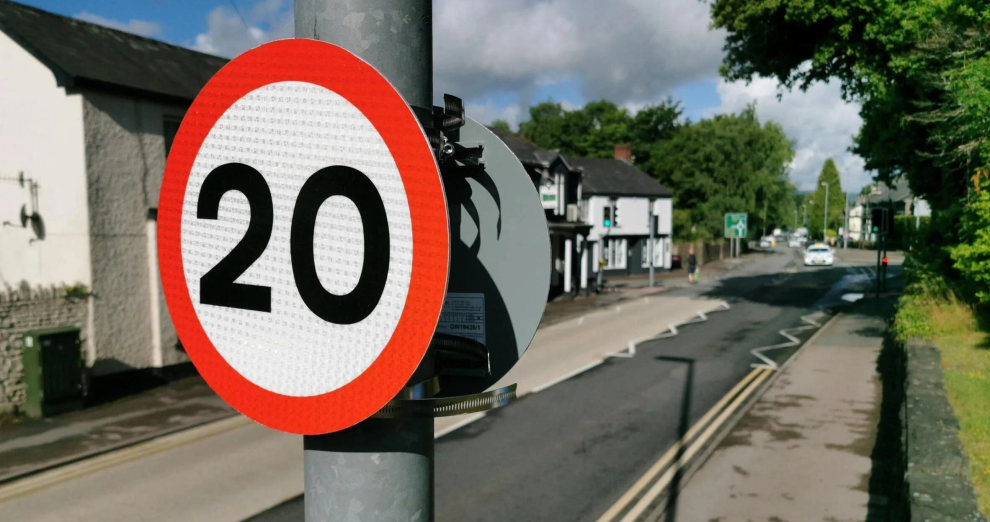DATA from the Department of Transport, meticulously analysed by Claims.co.uk, has brought to light a concerning trend on British roads – an alarming surge in speeding offences, especially in designated 20 mph zones. The findings indicate that a staggering 80 per cent of motorists caught speeding in 2022 were violating speed limits already set at 20 mph. Even more concerning, a whopping 92 per cent of motorcyclists were found to be exceeding the 20 mph limit, raising serious questions about road safety.
The analysis further delved into the nuances of these speeding incidents, painting a grim picture of the nation’s roadways. Shockingly, nearly half of the cars caught were exceeding the limit by at least 5 mph, with 19 per cent pushing the boundaries to 10 mph or more. Even in 30 mph zones, a significant 50 per cent of cars were nabbed for speeding, with 17 per cent surpassing the limit by 5 mph to 9 mph.
The data spotlighted urban areas as epicentres of this speeding epidemic. The majority of these zones were equipped with pavements and cycle routes, emphasising the potential risks to pedestrians and cyclists. A recent report from GOV.UK underscored the gravity of the situation, revealing that a startling 1,057 injuries occurred on urban roads where ‘exceeding the speed limit’ was cited as a contributing factor.
Interestingly, the study highlighted a stark contrast in driver behaviour on roads subject to the national speed limit. These single carriageway roads, predominantly located in rural areas, witnessed a significantly lower instance of speeding. The presence of farm traffic and horses, necessitating cautious driving, contributed to this difference. The average free flow speed on these roads ranged between 47-51 mph, with 27 per cent of vehicles travelling at speeds between 50-54 mph, indicating a general adherence to the speed limits.
A spokesperson for Claims.co.uk expressed deep concern over the findings, stating, “20 mph zones have been suggested and put into place due to safety; however, the data shows that drivers’ behaviour is worse than in 30 mph zones, with speeding occurring 70% more in cars and 64% more in motorcycles.”
This revelation raises critical questions about the efficacy of existing speed limits and the enforcement of road safety measures. Authorities now face the daunting challenge of curbing this dangerous trend, ensuring the safety of all road users.
As these alarming statistics reverberate across the nation, the onus falls on policymakers, law enforcement agencies, and motorists alike to collaborate in making British roads safer. The urgency of this situation cannot be overstated, as the very fabric of road safety hangs in the balance, demanding swift and decisive action to prevent further tragedies on our highways and byways.
Is this conversation helpful so far?
















